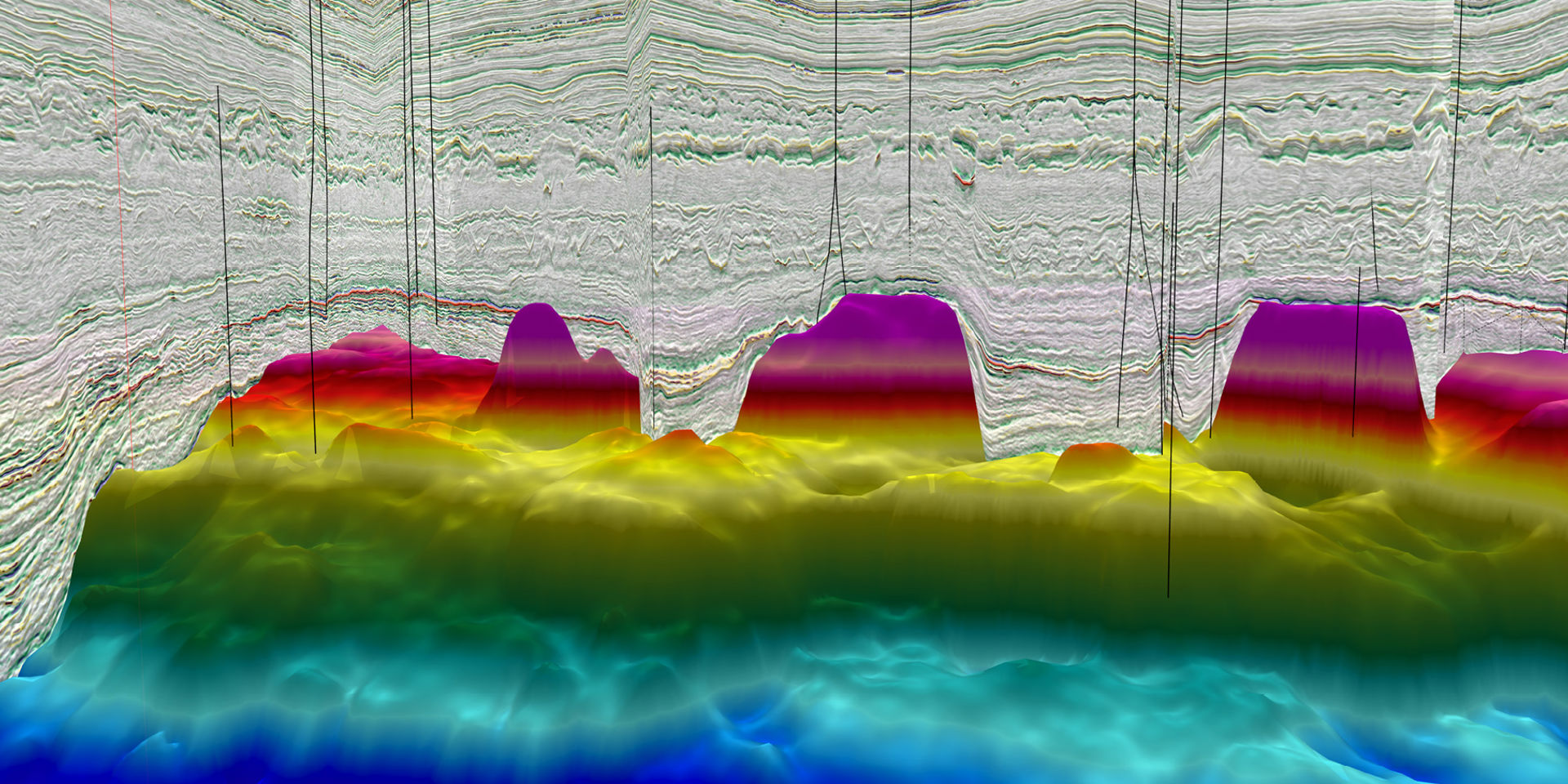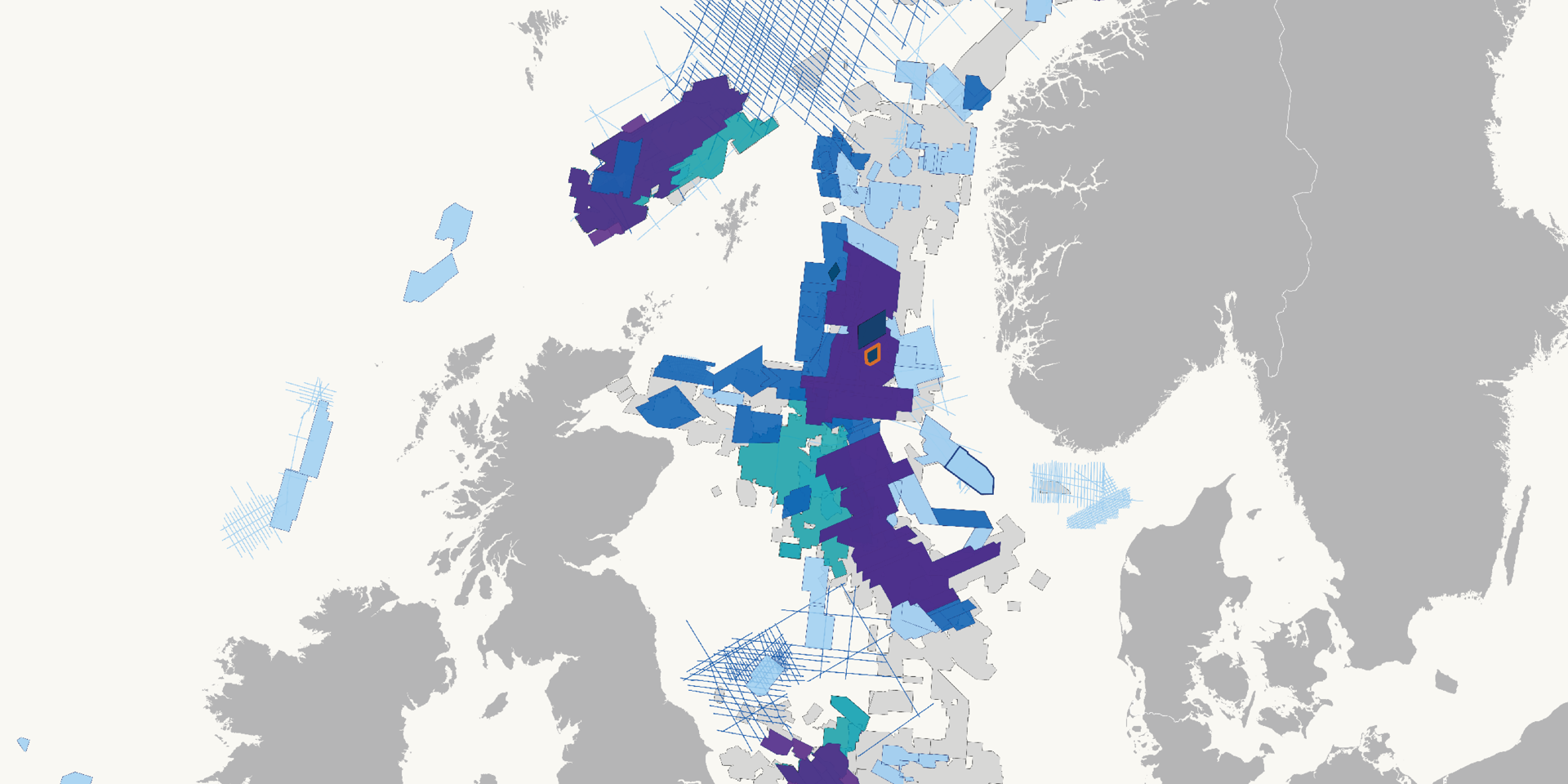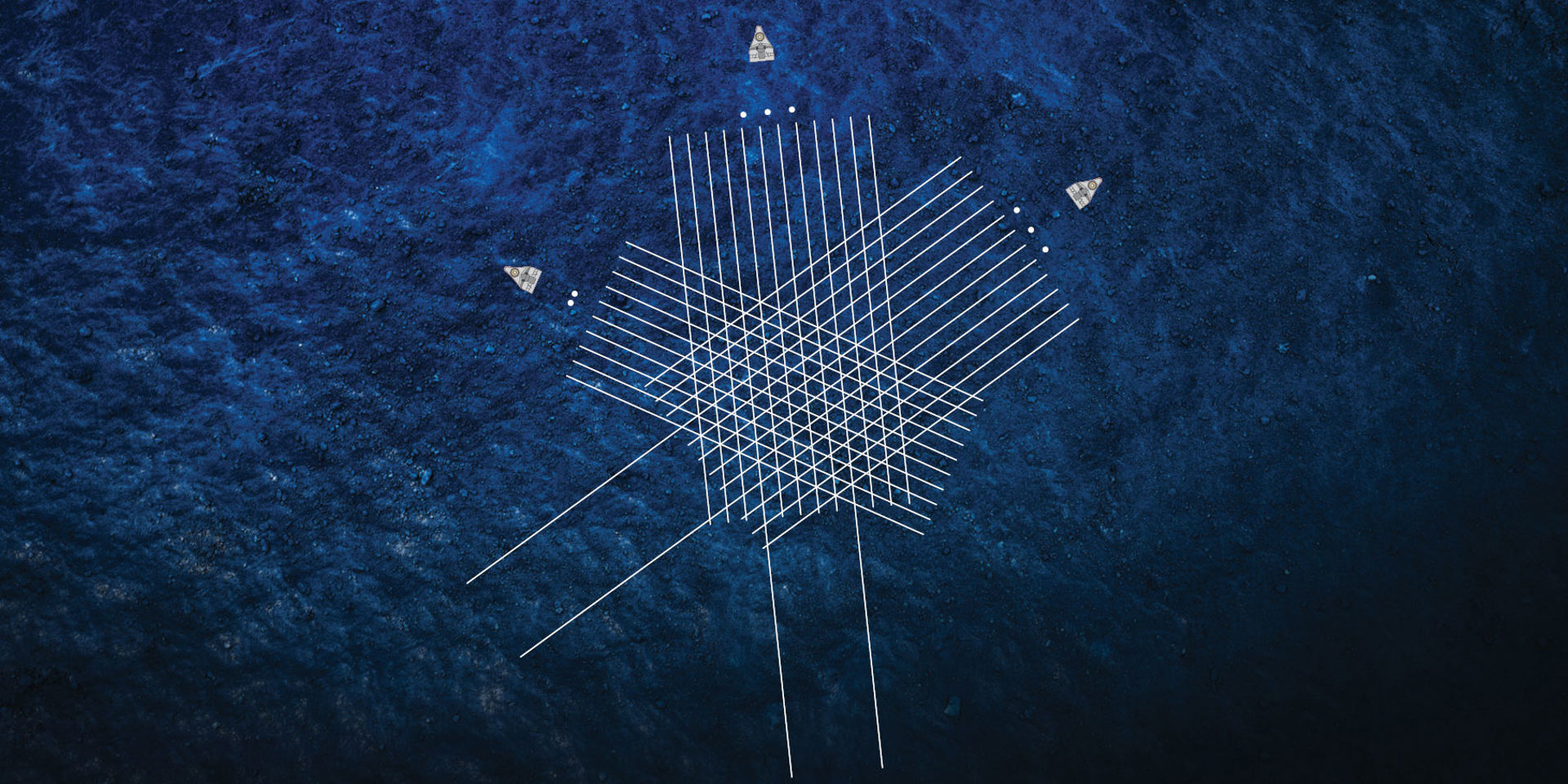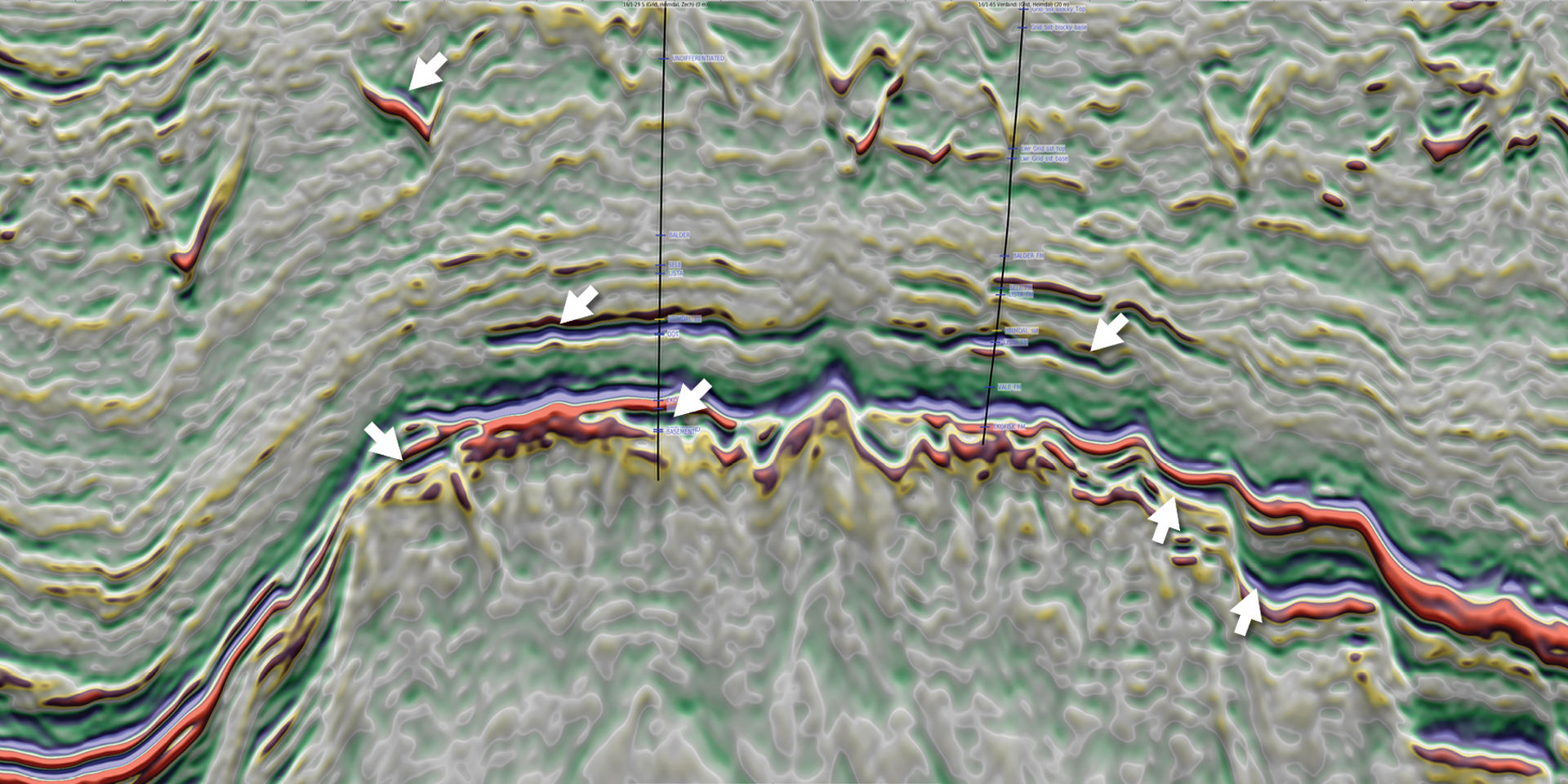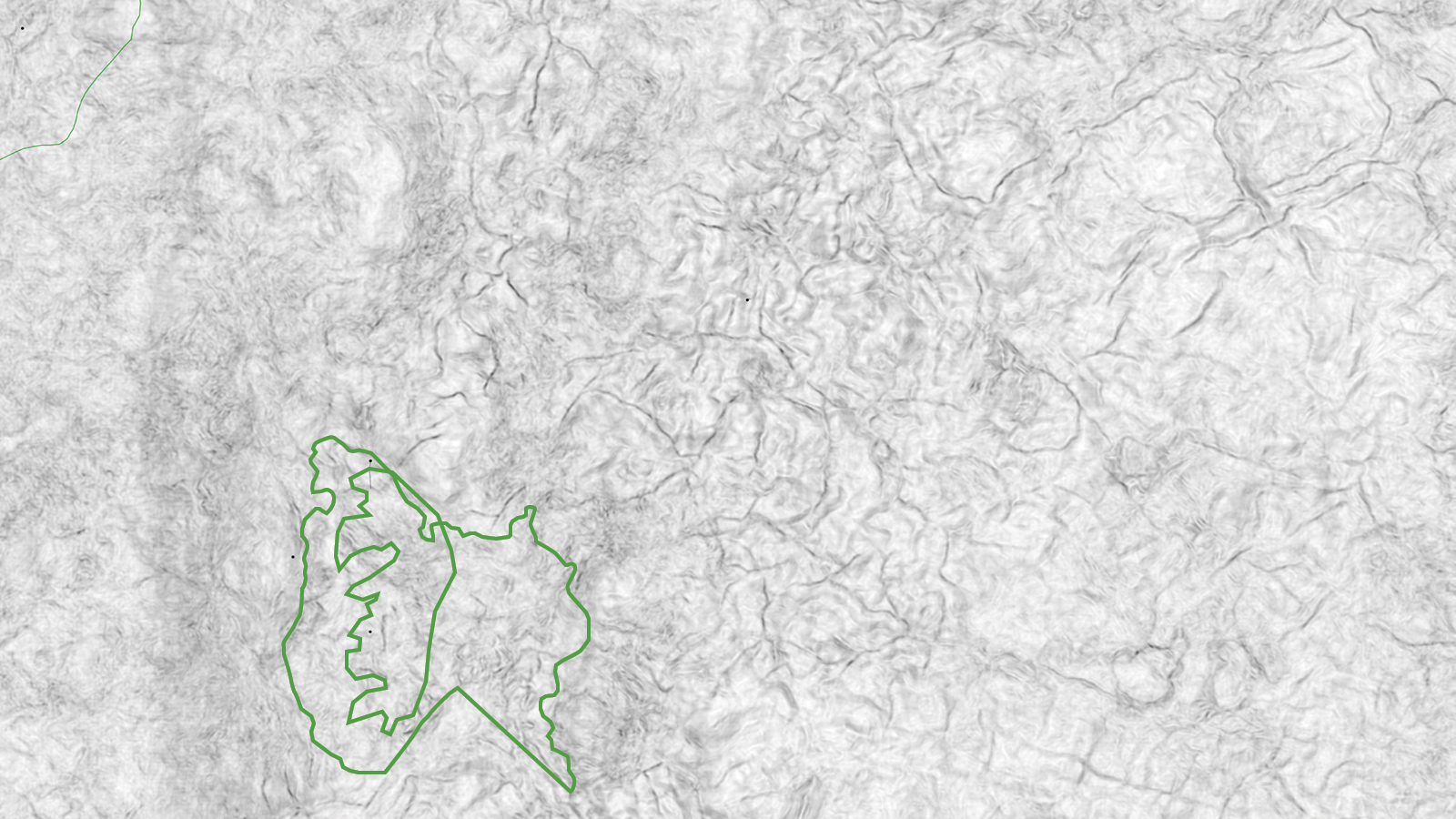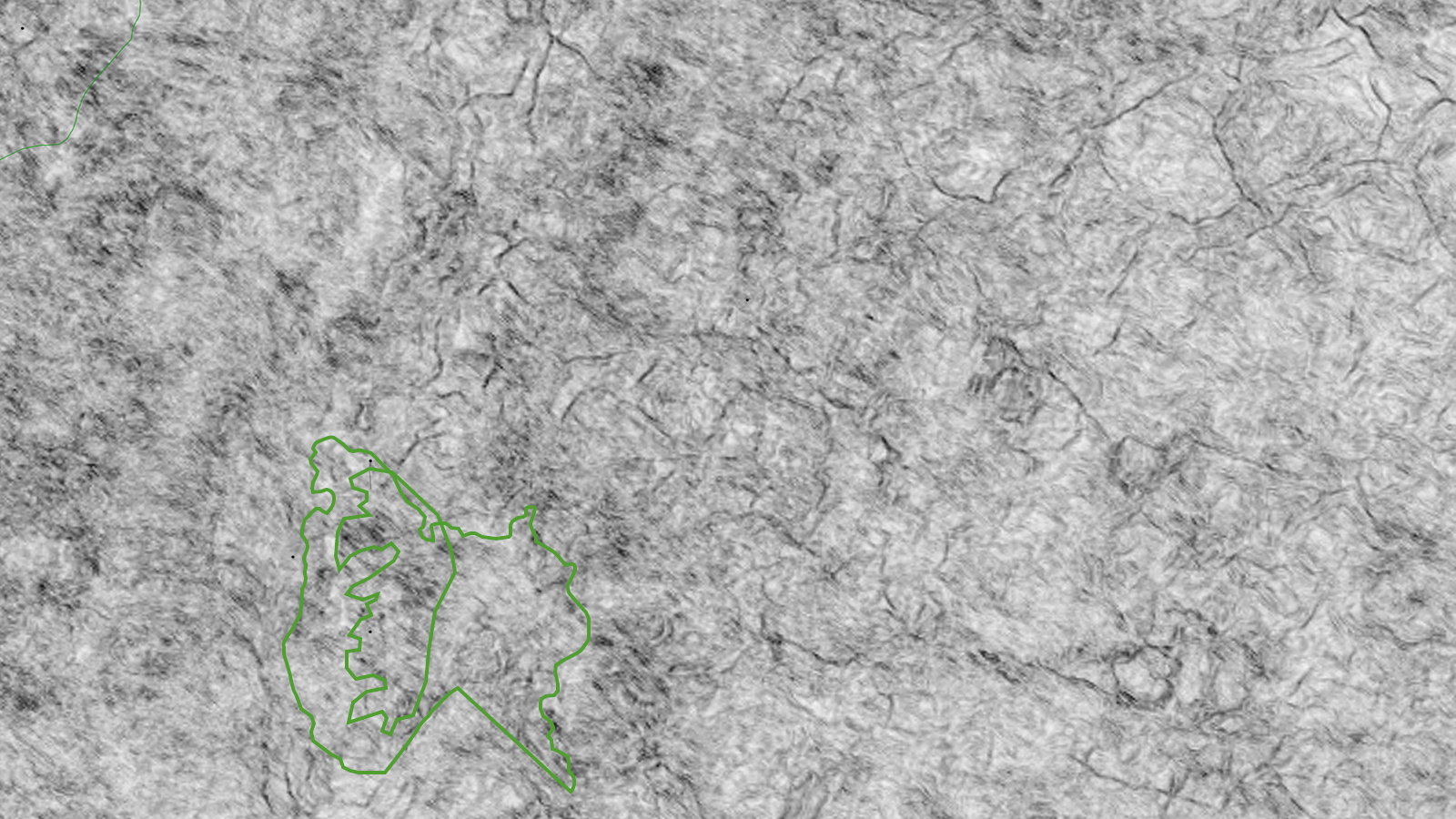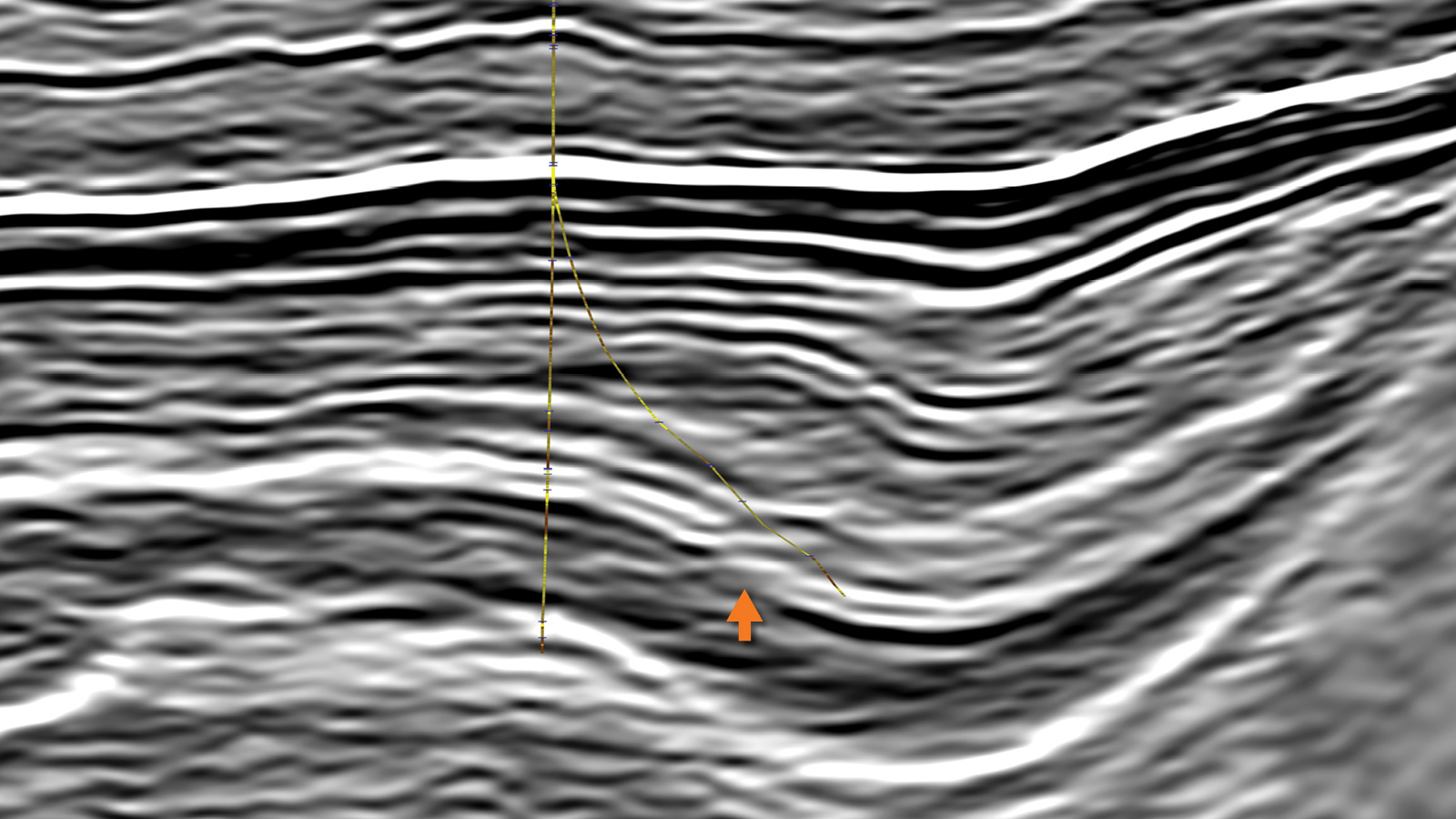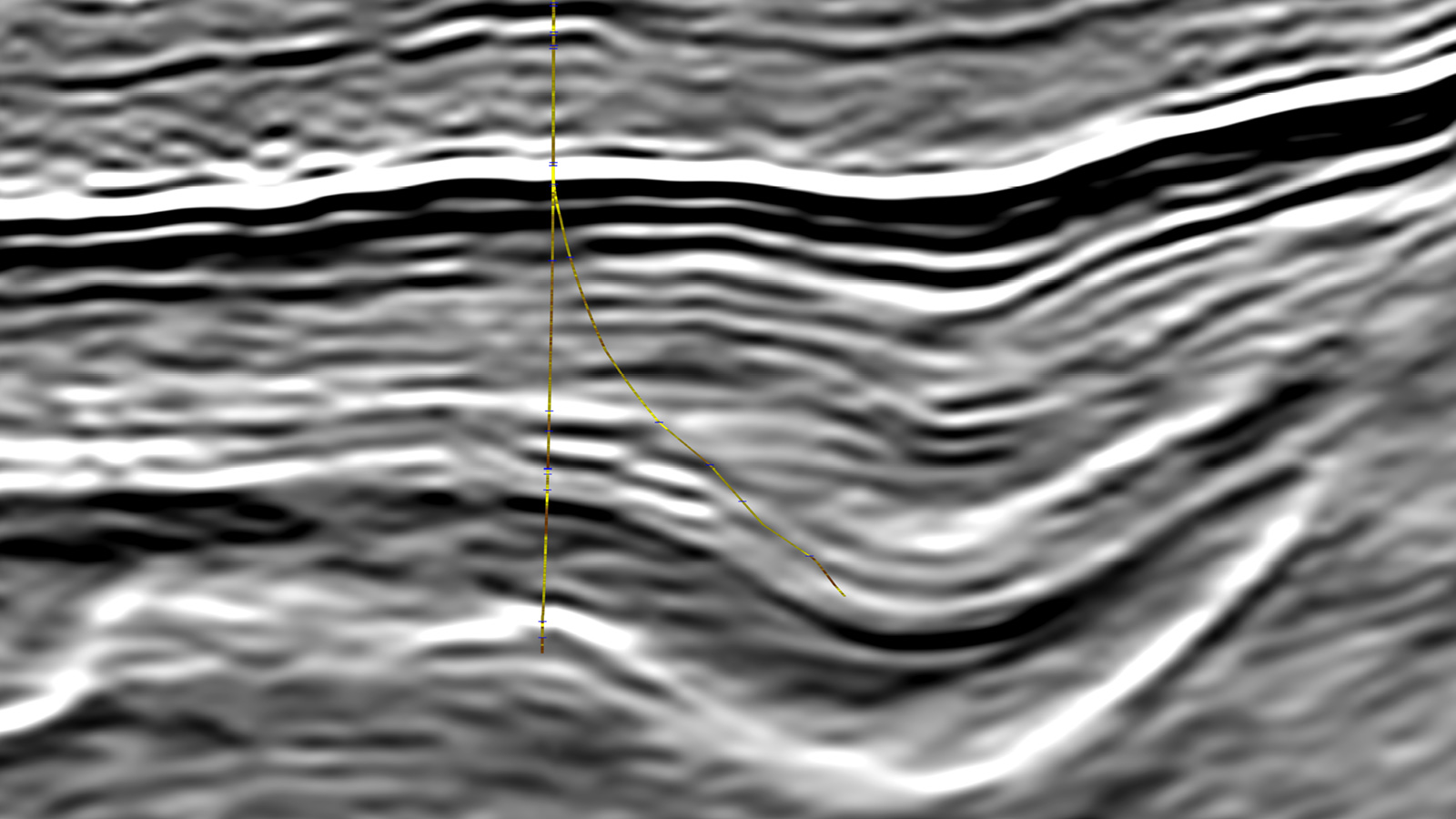Challenge
The area is known for high-quality hydrocarbon reservoirs and complex geology. A number of features are visible that either impede subsurface imaging (e.g. shallow channels, rugose chalk) or are challenging targets to image (e.g. sand injectites). Late Jurassic rifting led to the formation of numerous horsts and tilted fault blocks along the margins of the Viking Graben. Reservoir targets range from sand injectites, deep marine clastic fans, shallow marine sands, carbonates, to fractured basement.
